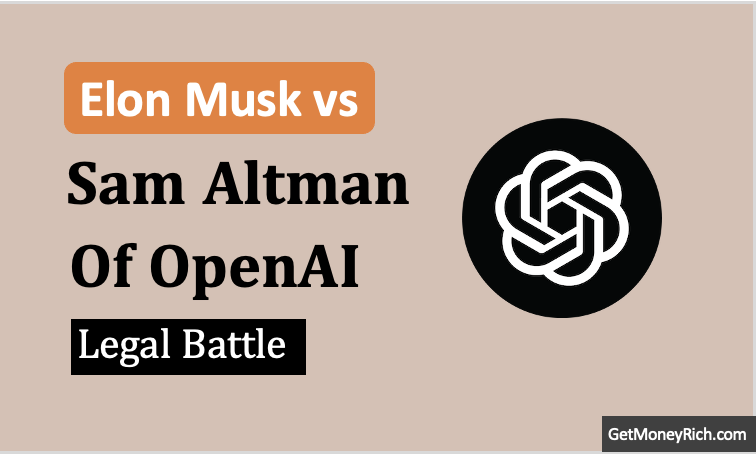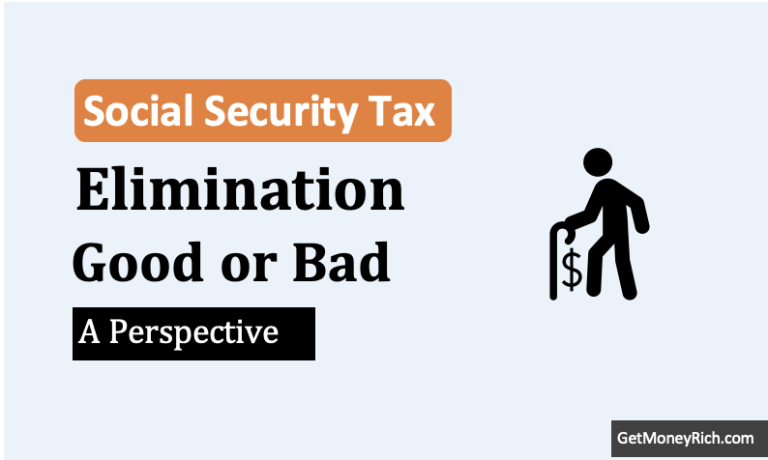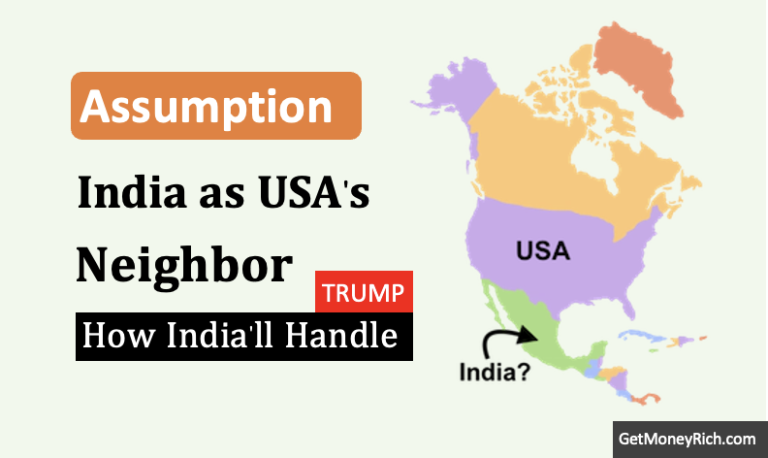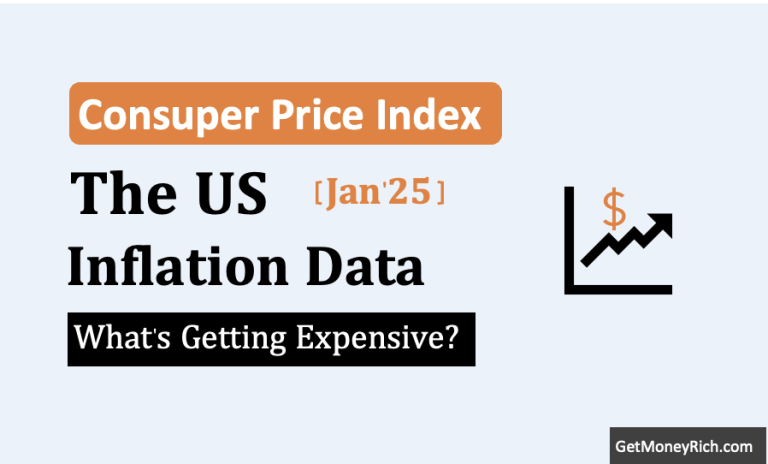Hello Doston! I’m back with another deep dive into the ever evolving world of money. Today, we’re talking about something that sounds like it’s straight out of a movie – a U.S. Sovereign Wealth Fund (SWF). Yes, you read that right! Apparently, in Februrary 2025, President Trump signed an executive order to create one.
Now, for those of you who are new to the game (and hi, welcome!), a Sovereign Wealth Fund (SWF) is basically a giant piggy bank owned by a country. Think of it like this: imagine you’re a rich sheikh in Dubai, swimming in oil money. Instead of just letting it sit in a bank account, you invest it in companies, real estate, and other assets all over the world. That’s what a SWF does, but on a national scale.
Countries like Norway (flush with oil riches) and Singapore (economic powerhouse) have massive SWFs that generate huge returns for their citizens.
The idea is to use a country’s wealth to create even more wealth for future generations. Sounds pretty cool, right?
What’s the Buzz About the US SWF?
The article I read (yup, doing my homework for you guys!) says Trump envisioned this SWF to “stabilize the economy” and “generate wealth for future generations.” He even threw in the possibility of using it to buy TikTok! (That’s a proper masala twist in the story, no?). The big question, of course, is where the heck this money is going to come from.
Apparently, the initial ideas involve tariffs on imports (basically taxing goods coming into the US), selling off government assets (think buildings, land, etc.), and maybe even partnering with rich private investors.
My View: The Good, the Bad, and the Potentially Ugly
Okay, let’s get real. As an Indian, I have a healthy dose of skepticism when it comes to big government projects.
We’ve seen our share of grand schemes that promised the moon but ended up stuck in bureaucratic red tape.
But, let’s see what’s what:
- The Potential Upside:
- Infrastructure Boost: Imagine if the SWF could invest in much-needed infrastructure projects like roads, bridges, and renewable energy. It could create jobs, boost economic growth, and make life easier for everyone. Think of it as a turbo-charged version of the government investing in development.
- Strategic Investments: Let’s be honest, China is making big moves in technology and other strategic sectors. A SWF could allow the U.S. to invest in key industries and stay competitive.
- Long-Term Thinking: In theory, a SWF forces politicians to think beyond the next election cycle and focus on the long-term economic health of the nation.
- The Red Flags:
- Funding Problems: This is the big one. The U.S. is already running a massive budget deficit. Where is this money coming from? Tariffs? That could spark trade wars and hurt consumers. Selling off assets? That could be a short-sighted move. Relying on private investors? That could lead to undue influence. Frankly, relying on tariffs when you don’t have a budget surplus sounds like robbing Raj to pay Rajeev. Read more about the India’s trade deficit and does it really matter.
- Political Interference: The biggest risk with any SWF is political interference. Imagine politicians using the fund to reward their friends, or to prop up failing industries. India has seen its fair share of that. Take, for example, the case of certain public sector banks (PSBs) that were pressured to lend heavily to politically connected businesses, even when those businesses were financially unsound. These ‘loan melas,’ as they were sometimes called, often resulted in massive NPAs, burdening the banks and ultimately the taxpayers.
- Lack of Transparency: SWFs need to be transparent and accountable to the public. Otherwise, they become slush funds for corruption. We need strict rules and oversight to prevent this.
Do the US Really Need an SWF? If It Was That Important, Why Democrats Did No Do it?
In my view, the US doesn’t fundamentally need a Sovereign Wealth Fund.
It’s more of a “nice-to-have” than a necessity. The US economy, despite its challenges, isn’t reliant on a single commodity like oil (like many SWF-rich nations). It has a diversified private sector, robust capital markets, and various existing investment vehicles.
The US’s primary economic challenges are more about income inequality, infrastructure deficits, and long-term competitiveness – issues that could be addressed by an SWF. But can also be tackled through other policy levers.
The reason Democrats haven’t implemented it, in my understanding, boils down to a few key factors (these are my view, and not facts):
- Philosophical Differences: Democrats tend to favor direct government spending on social programs and public goods (healthcare, education, infrastructure) over creating a separate investment fund. They see these direct investments as more effective in addressing immediate needs and reducing inequality.
- Priorities: Establishing a new SWF is a complex and politically fraught undertaking.
- Skepticism & Distrust: There’s inherent skepticism within the Democratic party about handing over massive amounts of capital to a government-controlled entity, even with safeguards. They worry about potential mismanagement, political interference, and the risk of the SWF becoming a slush fund for special interests. They are likely to think that if there is so much money to spend, spend it directly for the public benefit.
- Alternative Solutions: Democrats often believe that the existing financial institutions like pension funds can perform similar tasks of investments. It can be regulated better to achieve social goals.
Why This Matters to Me (I Don’t Live in the US)
You might be thinking, “Okay, that’s interesting, but why should I care about some American SWF?”
Here’s why:
- Global Impact: The U.S. economy is still the largest in the world. What happens in the U.S. affects everyone. If the SWF succeeds, it could boost global growth. If it fails, it could trigger a financial crisis.
- Investment Opportunities: If the U.S. SWF starts investing in Indian companies (or vice versa), it could create new opportunities for investors like you and me.
- Lessons Learned: Whether the U.S. SWF succeeds or fails, it will provide valuable lessons for other countries considering setting up their own funds.
Conclusion
Look, the idea of a U.S. Sovereign Wealth Fund has potential. But I am not so sure.
The biggest hurdle is the funding. The idea of using tariff is just bad economics.
If you have been following my blogs, you would know that I am not a big fan of high taxes/tarrifs. The U.S. isn’t exactly swimming in surplus cash right now, so figuring out where this money will come from without hurting the economy is critical. If they can get the funding right, it would be good for the economy and the investments.
More importantly, there needs to be some serious guardrails to prevent political meddling and ensure transparency.
For now, I’m watching this space with cautious optimism. It could be a game-changer, or it could be another government waste. Only time will tell. And if they seriously consider buying TikTok, things could get really interesting!
What do you guys think? Is a U.S. SWF a good idea? Let me know in the comments below.
Have a happy investing.
Disclaimer: I am not a financial advisor, and this is not financial advice. Please consult with a qualified financial advisor before making any investment decisions. Aur haan, market mein risk toh hota hi hai! If you want you can use my Stock Engine to get a perspective on Indian stocks.






